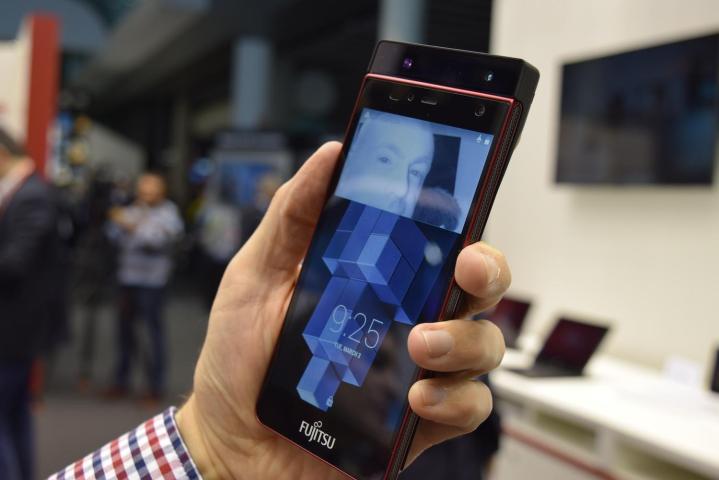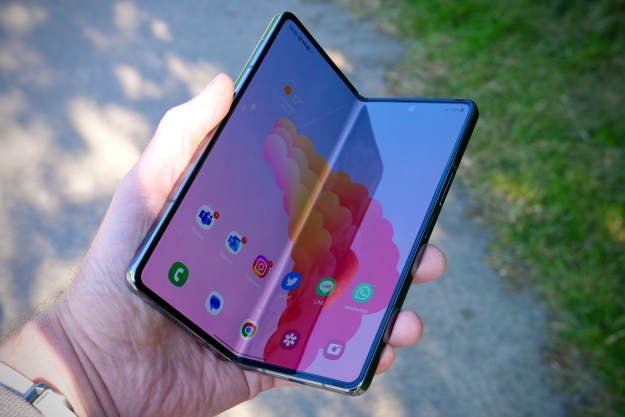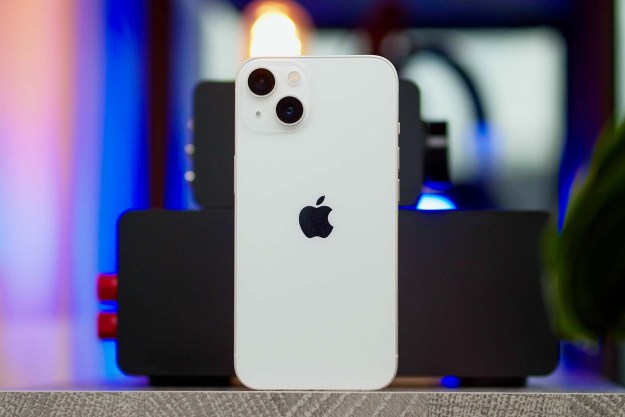
“The new generation, which is into selfies … I think they’ll find it cool. They’ll embrace it.”
“The new generation, which is into selfies … I think they’ll find it cool. They’ll embrace it,” Ajay Bhalla, the MasterCard executive who’s behind the new payment methods told CNN.
Right now, MasterCard users who pay online can set up a SecureCode, that requires a password for each online purchase. The added layer of security is said to prevent hackers from stealing customers’ credit cards, and it was used to protect 3 billion transactions last year. Even so, MasterCard isn’t happy with the password method because it knows that customers hate passwords. Its solution? New technology that’s already in use on many smartphones today.
MasterCard could use fingerprints or voice recognition to verify payments, or it could use the much more intriguing facial-scanning technology it’s been testing. It would work like this: Customers who have the MasterCard app on their phones would see a pop up window appear each time they went to pay for something online. Should they choose to pay via a fingerprint scan, they simply place their finger on the sensor, and bam, they’ve paid — just like you can do with Apple Pay in select apps.
Alternatively, should they prefer to use their faces instead, you simply stare at our phone and blink once to pay. The blink ensures that you’re actually alive and not just a printed photograph a thief is using to steal your money.
MasterCard said it won’t get access to a picture of your face or your fingerprint, either, so your personal visage and fingerprint remain secret. When you scan your fingerprint, a code is created, which never leaves your device. When you scan your face, the map of your features will be translated into 0s and 1s, which will then travel the Internet to MasterCard for verification.
Bhalla explicitly stated that MasterCard can’t reconstruct your face from the digits, and all the biometric info is transmitted securely to the company’s encrypted servers.
All three payment methods will son be tested with 500 customers, and the new method could launch after that. MasterCard’s been working directly with Apple, Microsoft, BlackBerry, Google, and Samsung to ensure its tech works on any phone. The credit card company is waiting for two banks to approve the tech, but it wouldn’t say which ones will get it first.
MasterCard also said it’s working with Nymi — the company behind the wearable that identifies users by their unique heartbeat patterns — to verify purchases using its tech, too. Then you wouldn’t even need to blink or move a finger to pay — you’d simply sit with your heart beating like you do every day.
You can watch the full interview on CNN.
Editors' Recommendations
- Check your Apple Card right now — you may have a crazy 10% cash-back promo
- Your shiny new Apple Card could get discolored if you have a leather wallet
- Mastercard’s Digital Wellness program uses A.I. to make online paying safer


